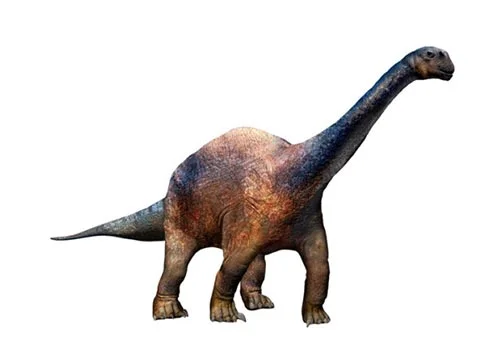Amygdalodon (almond tooth)

am-ig-dal-oh-don
Ángel Cabrera - 1947
Herbivore
Estimated 15 meters long
Sauropod
A. patagonicus (type)
Argentina
Mid Jurassic, 177-169 million years ago
Amygdalodon Facts
Amygdalodon (/@mIg’dael@danAmygdalodon (/@mIg’dael@dan “almond tooth” for its almond-shaped teeth) was a genus belonging to basal sauropods that was found in the Middle Jurassic of Argentina.
The most common species is Amygdalodon patagonicus. Fossils of Amygdalodon were discovered in the Toarcian Cerro Carrerero Formation from the Jurassic (about 180-172 million years ago). There isn’t much information about it, yet it is among the only Jurassic dinosaurs that came from South America found thus far.
The Holotype (MLP 46-VIII-21-1) comprises a few vertebrae, ribs and three partially and four complete teeth, as well as a part of the shoulder-blade and pelvis, which was discovered in. Amygdalodon is the type species. patagonicus was first described in the work of Cabrera from Argentina at the time of 1947.
The sauropod fossils of Argentina were not even known in response to Piatnitzky’s unintentional reference to “bones of a saurian of no less than 5-7m long” the scientist. Tomas Suero took a excursion to Chubut to examine the deposits that were overlying that of Liassic in the Pampa de Agnia and discovered the remains of an Jurassic sauropod dinosaur that was twice as large as Piatnitzky’s estimate (in 1936).).
Amygdalodon is believed to have measured 12 meters (39 feet) in length and twenty meters (66 feet) tall. This quadrupedal dinosaur was estimated weight of more than five tonnes (4.9 tonnes long; 5.5 short tonnes).



